!【详情如下】CAD图纸+word设计说明书.doc[10000字,24页]【需要咨询购买全套设计请加QQ97666224】.bat
两足行走机器人——行走结构部分设计.doc
任务书.doc
初稿.doc
外文翻译.doc
封面、中外文摘要.doc
开题报告.doc
毕业答辩.ppt
行走结构部分设计审题表.doc
双足行走机器人头部和身体.dwg
各关节舵机连接件.dwg
大腿舵机连接件.dwg
头.dwg
手.dwg
手臂舵机连接件.dwg
机器人总装图.dwg
脚底2.dwg
腿部装备图.dwg
臂部装配图.dwg
舵机和舵机之间连接件.dwg
舵盘连接件.dwg
身体后面.dwg
身体和腿部连接件.dwg
身体正面.dwg
身体连接件.dwg
机器人三维设计图
毕业设计说明书(论文)中文摘要
20世纪40年代,伴随着遥控操纵器和数控制造技术的出现,关于机器人技术的研究开始出现。经过几十年的发展,数百种不同结构、不同控制系统、不同用途的机器人已进入了实用化阶段。目前,机器人大多以轮子的形式实现行走功能阶段。真正模仿人类用腿走路的机器人还不多,虽有一些六足、四足机器人涌现,但是两足机器人还是凤毛麟角。本课题主要针对两足机器人的行走进行研究、分析、设计,然后材料加工制作,最后进行组装和行走调试。
关键词 研究 设计 制作
毕业设计说明书(论文)外文摘要
Title The Robot Move with Two-legs
— Designing of Stepped Structure
Abstract
In 1940s, along with the remote control and digital manufacturing technologies, the researches on robot technology were appeared. After decades of development, hundreds of different structures, different control systems, and different uses of the robots have been entered into a practical stage. At present, most robots use wheel to realize the function phase of walking. But there is little robot can imitate human walking that with two legs , although a number of six-legged, four-legged robots have emerged, two-legged robots are rare. So the main topics of this study is to research, analysis and design on the two-legged walking robot, and product materials, then set up them and do some adjustment through walking in the final.
Keywords research design facture
目 录
1 绪论1
1.1 引言1
1.2 机器人的发展及技术1
1.3 两足机器人的优点及国内外研究概况2
1.4 本课题的主要工作7
2 双足机器人本体结构设计分析8
2.1 引言8
2.2 两足机器人的结构分析8
2.3 机器人设计思路9
2.4 机器人设计方案10
2.5 驱动方式的选择12
3 双足机器人的具体制作13
3.1 双足机器人的材料选择13
3.2 双足机器人的零件加工13
3.3 两足机器人的组装16
3.4 两足机器人相关数据19
3.5 两足机器人总体尺寸19
3.6 舵机具体参数19
4 课题总结20
结束语21
致谢22
参考文献23
1 绪论
1.1 引言
目前,机器人已形成一个不同技术层次、应用于多种环境的“庞大”家族,从天上到地下,从陆地到海洋到处都可以看到机器人的身影。世界著名机器人专家,日本早稻田大学的加藤一郎教授曾经指出“机器人应当具有的最大的特征之一是步行功能”。步行机器人的研究涉及到多门学科的交叉融合,如仿生学、机构学、控制理论与工程学、电子工程学、计算机科学及传感器信息融合等。仿人形机器人正成为机器人研究中的一个热点,其研究水平,在一定程度上代表了一个国家的高科技发展水平和综合实力。研究仿人形双足步行机器人,除了具有重要的学术意义,还有现实的应用价值。
参 考 文 献
[1] 周远清,张再兴等编著. 智能机器人系统[M]. 北京: 清华大学出版社,1989.
[2] 蒋新松主编. 机器人学导论[M]. 沈阳: 辽宁科学技术出版社,1994.
[3] 方建军,何广平. 智能机器人[M]. 北京:化学工业出版社,2004.
[4] 张永学. 双足机器人步态规划及步行控制研究[D]. 哈尔滨工业大学博士学位论文. 2001.
[5] 刘志远. 两足机器人动态行走研究[D]. 哈尔滨工业大学博士论文. 1991.
[6] 刘志远,戴绍安,裴润,张栓,傅佩深. 零力矩点与两足机器人动态行走稳定性的关系[N]. 哈尔滨工业大学学报. 1994.
[7] 纪军红. HIT-Ⅱ双足步行机器人步态规划研究[D]. 哈尔滨工业大学博士论文,2000.
[8] 麻亮,纪军红,强文义,傅佩深. 基于力矩传感器的双足机器人在线模糊步态调整器设计[R]. 2000.
[9] 竺长安. 两足步行机器人系统分析、设计及运动控制[D]. 国防科技大学博士论文. 1992.
[10] 马宏绪. 两足步行机器人动态步行研究[D]. 国防科技大学博士论文. 1995.
[11] 包志军. 仿人型机器人运动特性研究[D]. 上海交通大学博士论文. 2000.
[12] 孙富春,朱纪洪,刘国栋等. 机器人学导论-分析、系统及应用[M]. 北京:电子工业出版社,2004.
[13] 柳洪义,宋伟刚. 机器人技术基础[M]. 北京:冶金工业出版社,2002
[14] 刘晋春,白基成,郭永丰. 特种加工[M]. 北京:机械工业出版社,2008.3.
[15] 解仑,王志良,李华俊.双足步行机器人制作技术[M]. 北京:机械工业出版社,2008.4.
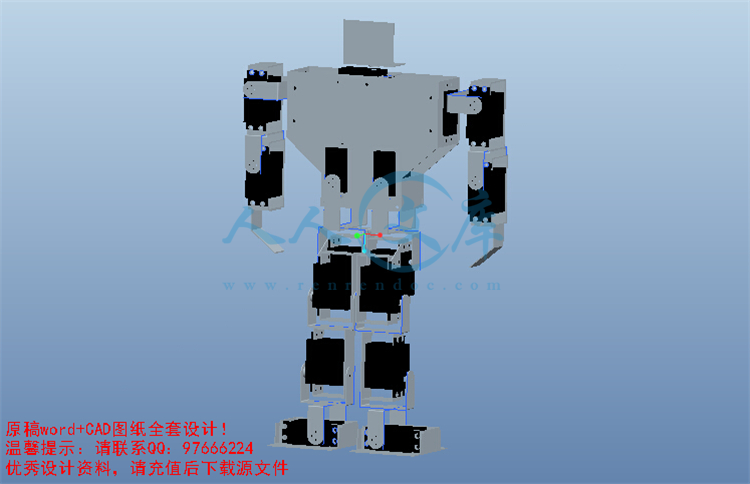
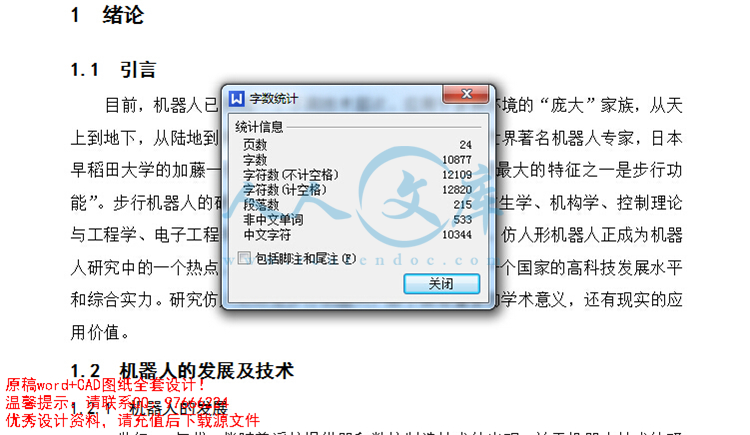
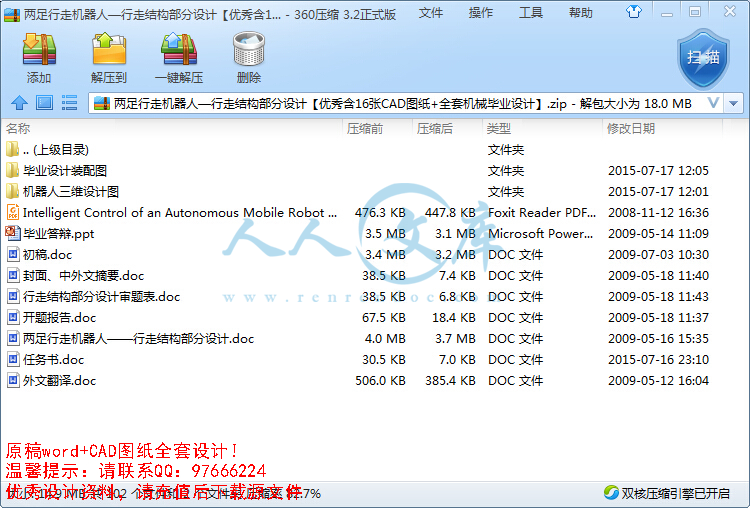

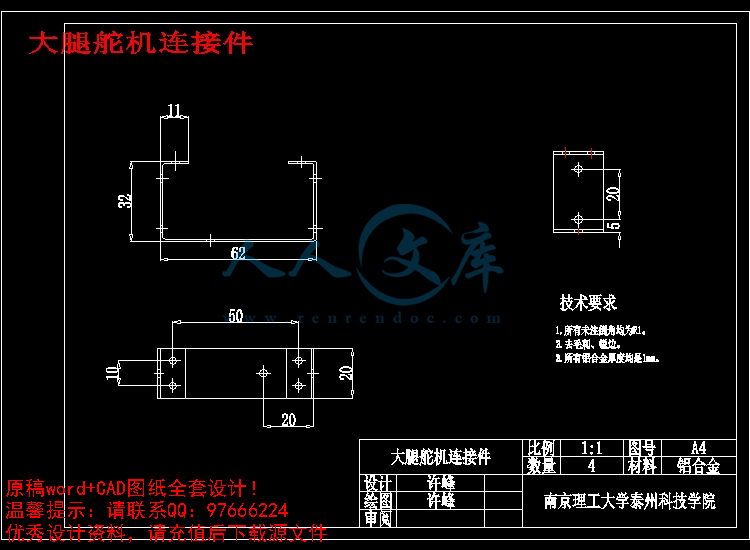
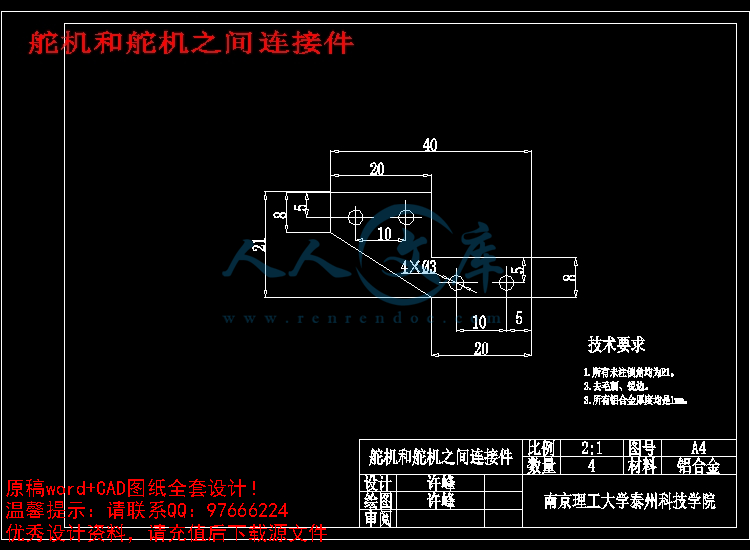
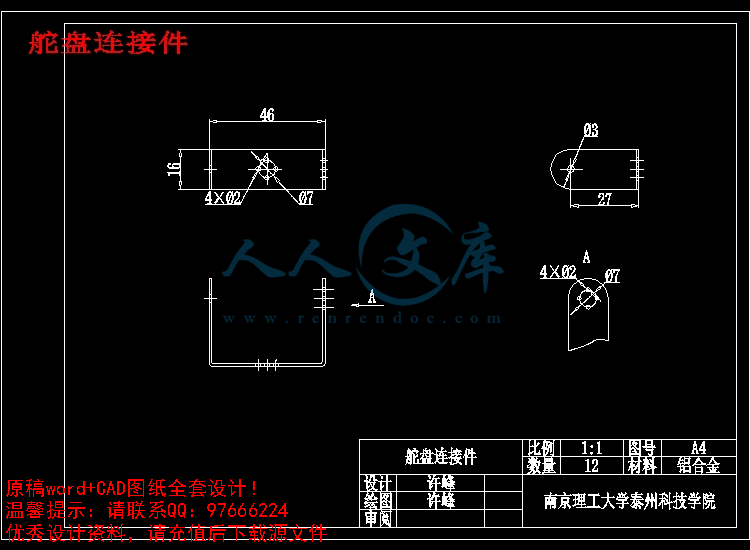
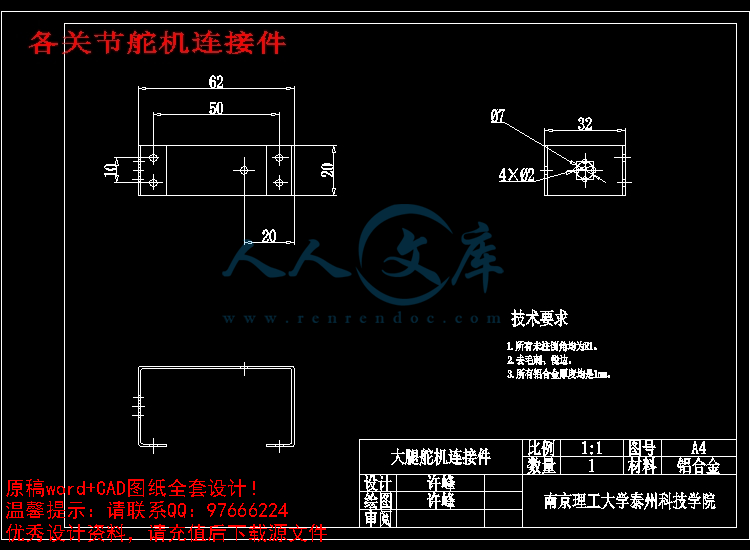
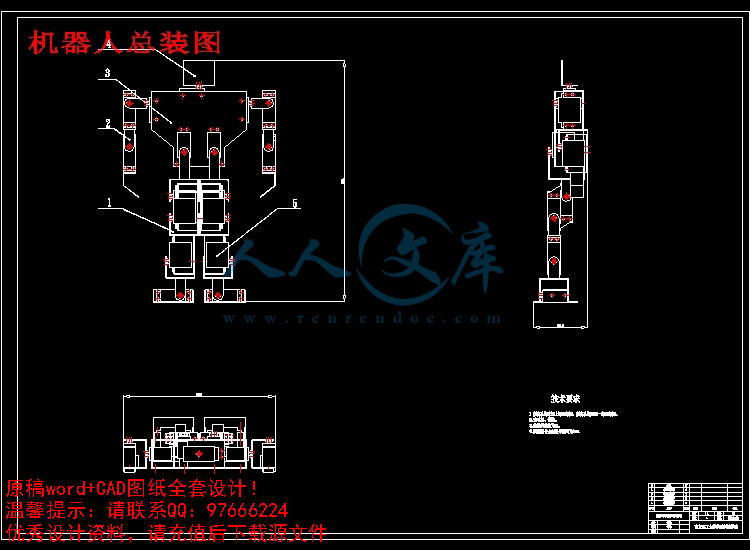
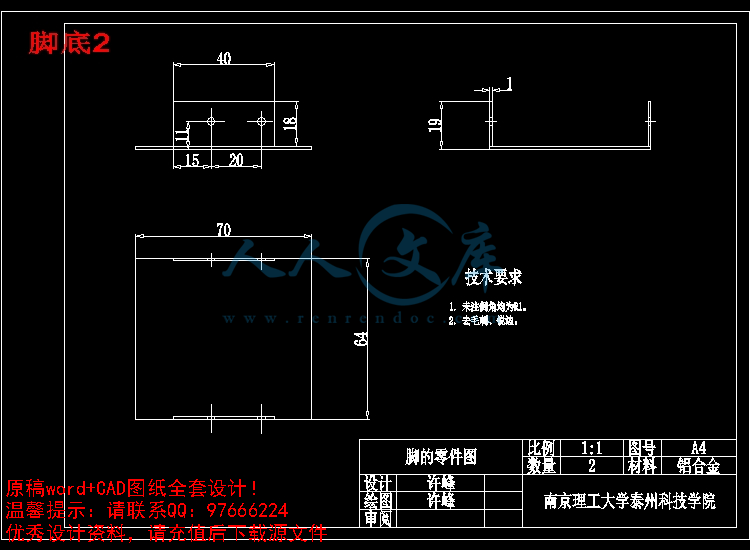

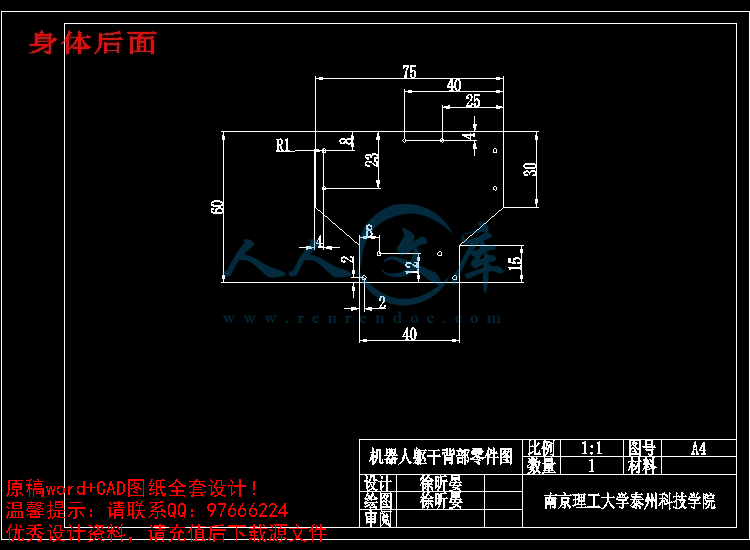
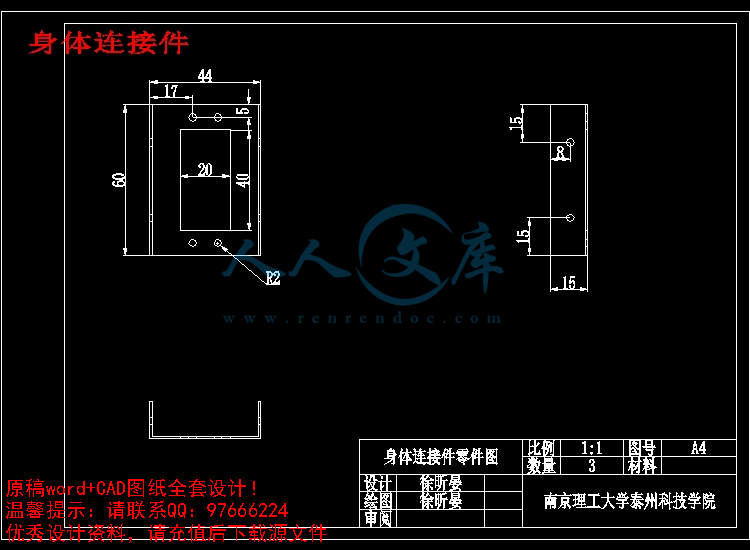
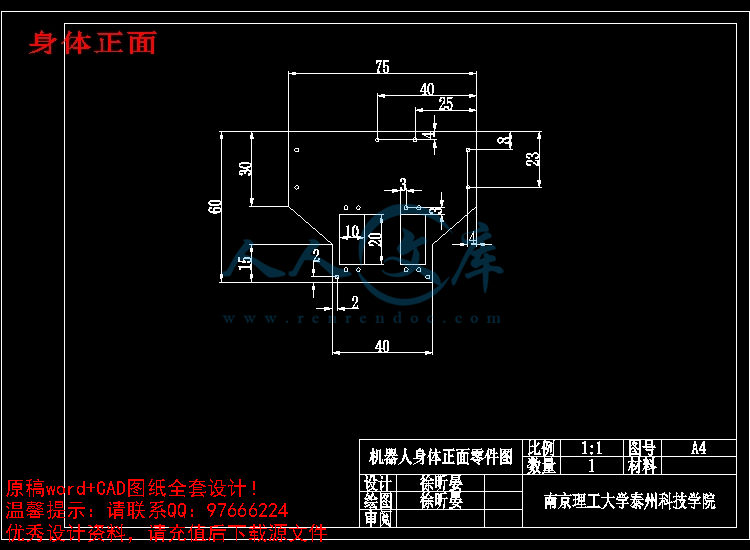
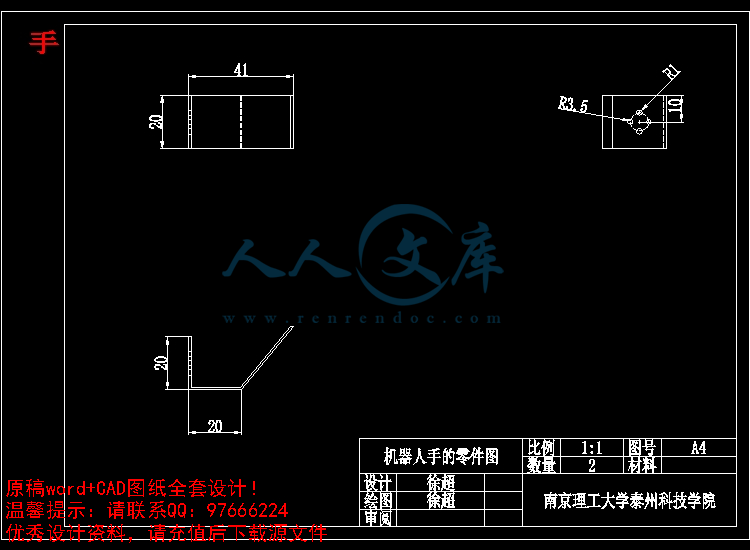
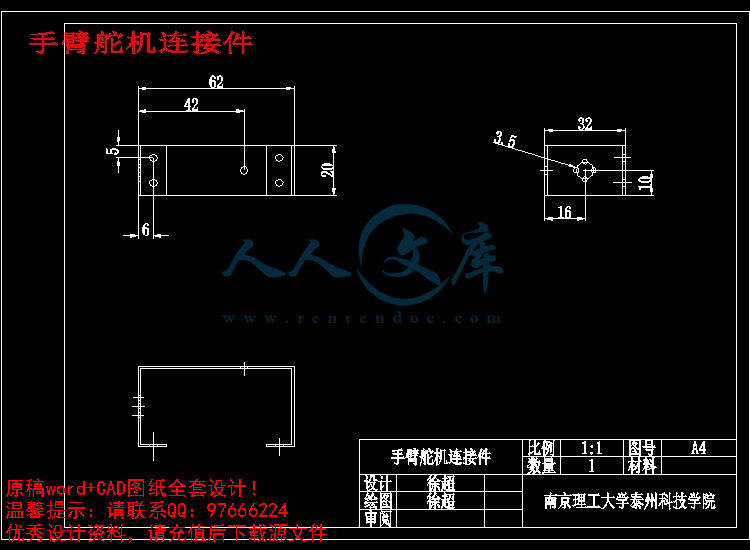
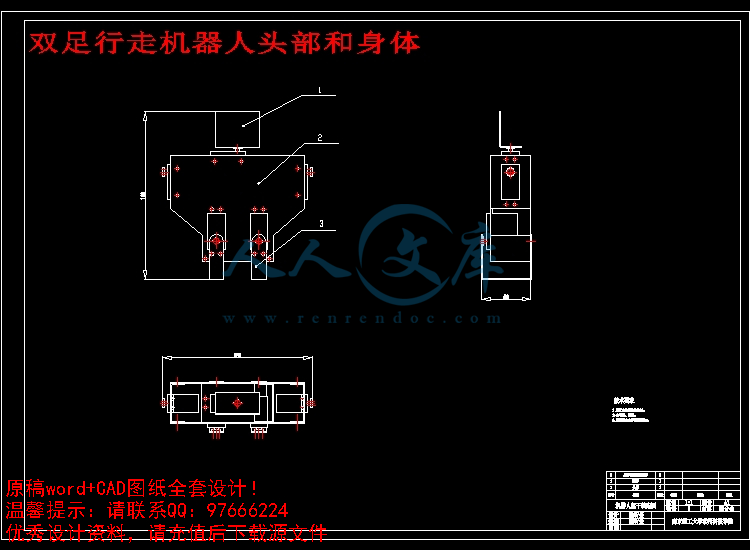
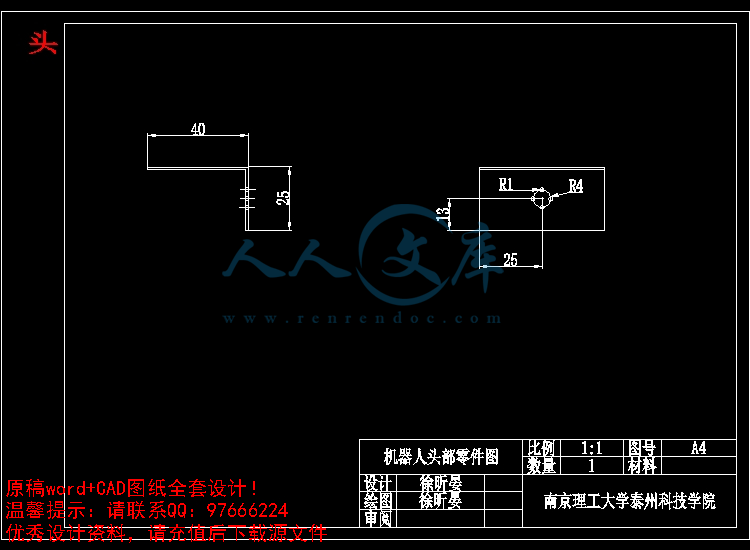
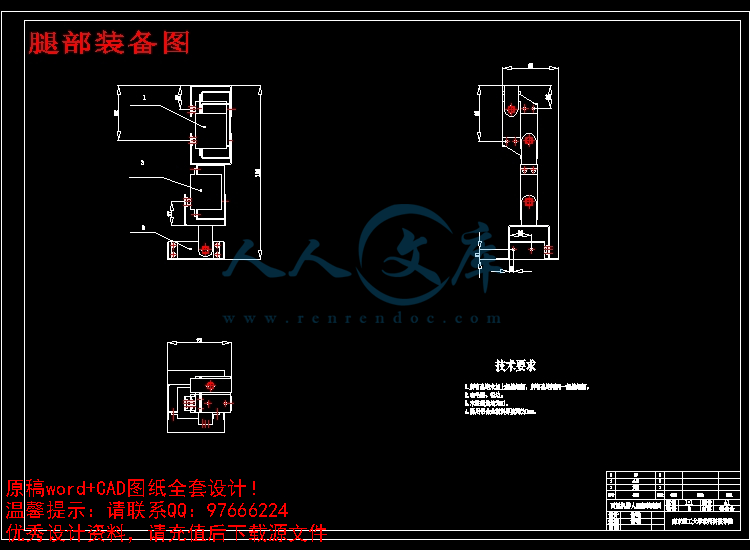
 川公网安备: 51019002004831号
川公网安备: 51019002004831号